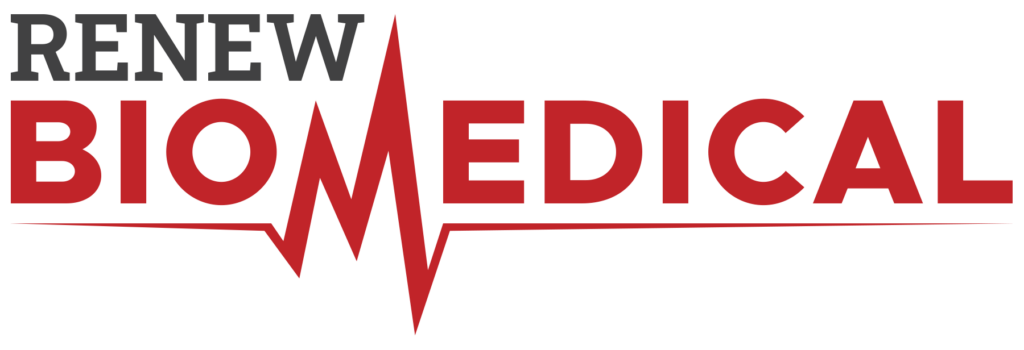Breathe Easy: Why 100% Oxygen Isn't Always Too Much in EMS Care
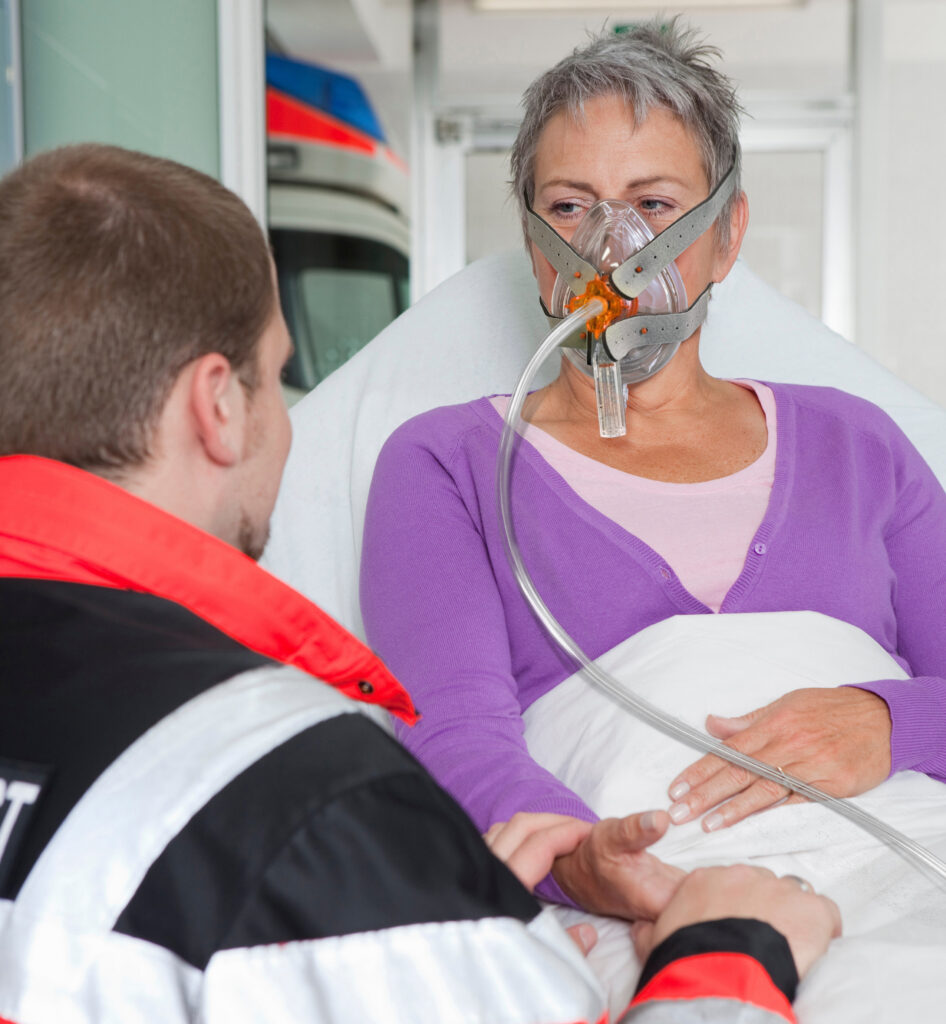
When seconds count and lives are on the line, oxygen is one of the first—and most powerful—tools in an EMS provider’s kit. But how much is too much when it comes to delivering oxygen during emergency transport?
This post breaks down the essentials from a recent clinical review that explores how oxygen is used in EMS settings, especially when using transport ventilators like the O-Two e700.
Why EMS Starts with 100% Oxygen
In emergencies, patients often suffer from hypoxemia—low oxygen in the blood. Without fast correction, this can lead to permanent organ damage or death. That’s why EMS teams often start ventilation with 100% FiO₂ (Fraction of Inspired Oxygen). This ensures rapid oxygen delivery to stabilize critically ill patients.
International clinical guidelines—from the AHA, ERC, and BTS—fully support this practice for emergency resuscitation and ventilation. Once the patient is stable, oxygen levels can be safely lowered to avoid overexposure.
What About Oxygen Toxicity?
A lot of concerns about “too much oxygen” come from ICU data, where patients are ventilated for days or even weeks. That’s not the case in EMS.
EMS transport typically lasts only 15 to 60 minutes. This short exposure to high oxygen levels doesn’t carry the same risk of oxygen toxicity as prolonged ICU stays.
In fact, research shows that 100% oxygen is generally safe for at least 6 to 12 hours. In other words, the quick dose of oxygen EMS gives is safe, necessary, and effective.
When to Dial It Down
As soon as the patient’s condition stabilizes, EMS teams can reduce FiO₂ to 60%—a feature supported by modern ventilators like the e700, which offers both 100% and 60% settings. This helps:
-
Preserve oxygen supply
-
Prevent unnecessary overexposure
-
Match best practices in oxygen titration
What’s the Target?
Once stabilized, providers aim to maintain a blood oxygen saturation (SpO₂) of:
-
94–98% for most patients
-
88–92% for those at risk of carbon dioxide retention (like people with COPD)
Real-World EMS Data
Studies from the U.S., Europe, and elsewhere confirm EMS transport times are well below thresholds associated with oxygen-related lung damage. Even with hospital offload delays, most patients are handed over to ER teams within 30 minutes to 2 hours—still safely inside the oxygen tolerance window.
The Bottom Line
EMS crews start with 100% oxygen for a reason: it’s fast, effective, and life-saving. The fears about high oxygen doses are mostly tied to long-term hospital care—not the fast-paced world of emergency transport.
The O-Two e700 ventilator is purpose-built for this setting, offering precise control over FiO₂ delivery and helping clinicians balance immediate life support with long-term safety.
In Summary: When used appropriately in EMS, high FiO₂ is both safe and essential. It helps stabilize patients quickly, with little risk of the long-term complications seen in hospital settings.
Let me know if you’d like this turned into a webpage, PDF handout, or training slide deck.
The Essential Role of Nitrous Oxide in Modern Dentistry
Nitrous oxide (N₂O), or “laughing gas,” has revolutionized modern dentistry by offering a safe and effective solution to dental pain and anxiety…
How the SMART Bag® MO Enhances Airway Management?
Manual ventilation using a bag-valve mask (BVM) is a standard practice in emergency airway management, but achieving consistent lung-protective ventilation…
Nitrous Oxide in Labor Pain Management
Nitrous oxide is an inhaled analgesic widely used in labor pain management due to its rapid onset, short duration of action, safety profile, and ease of administration…
Why Transport Ventilators Matter in EMS?
In emergency medical services (EMS), transport mechanical ventilators are essential for providing consistent and controlled respiratory support to…
Clinical Considerations in Prehospital Mechanical Ventilation for Trauma Patients.
Managing trauma patients in the prehospital setting requires rapid, evidence-based decision-making, particularly when mechanical ventilation is needed…
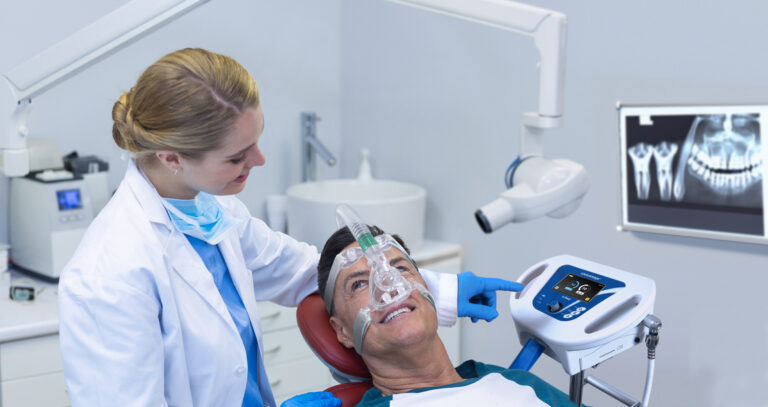
The Essential Role of Nitrous Oxide in Modern Dentistry
Nitrous oxide (N₂O), or “laughing gas,” has revolutionized modern dentistry by offering a safe and effective solution to dental pain and anxiety…
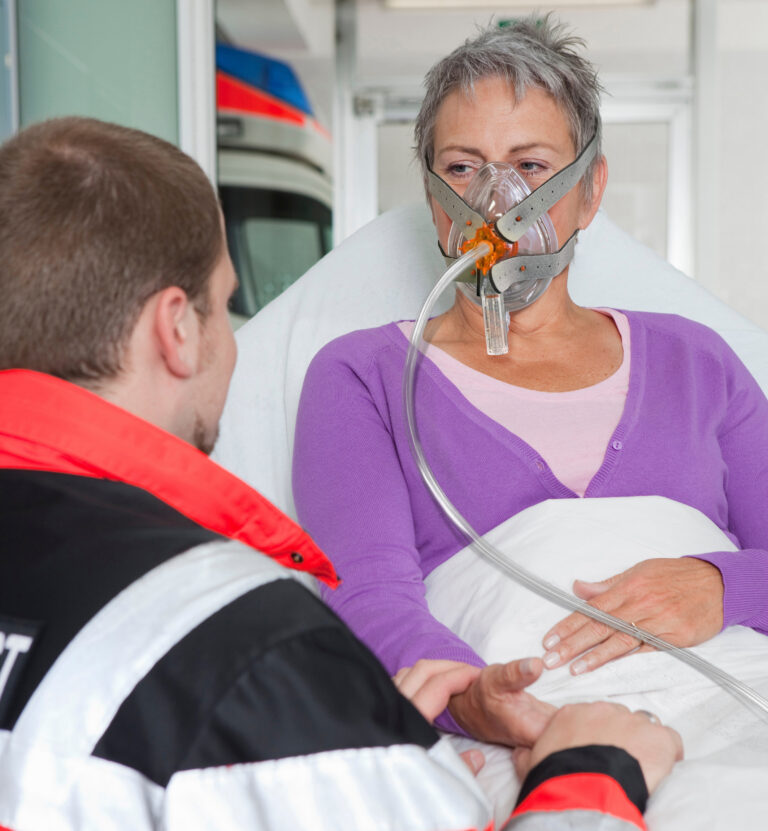
CPAP Therapy in Respiratory Care
Continuous Positive Airway Pressure (CPAP) therapy is a fundamental non-invasive ventilation strategy for managing acute and chronic respiratory conditions…
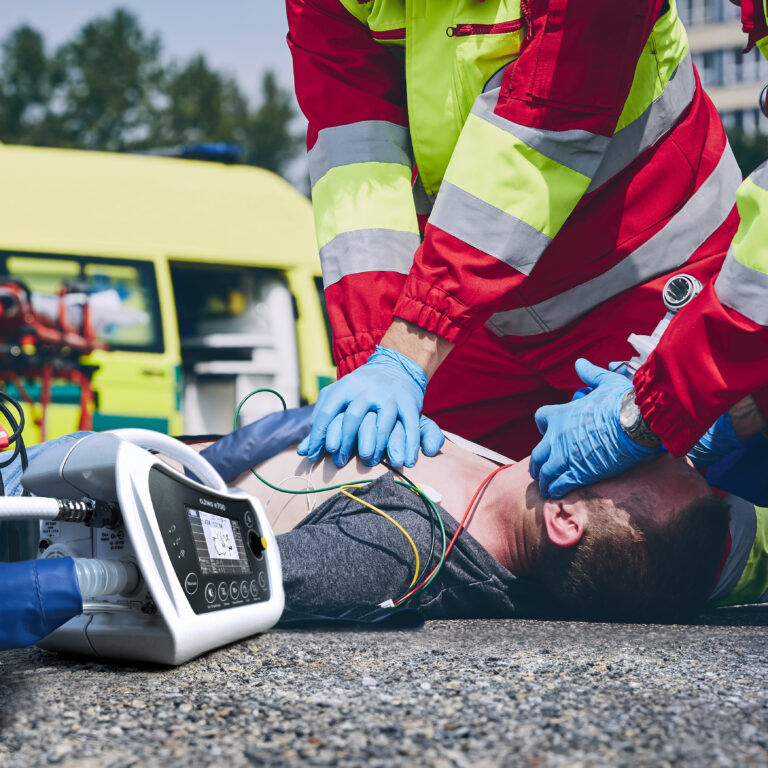
Clinical Considerations in Prehospital Mechanical Ventilation for Trauma Patients.
When seconds matter, the role of prehospital mechanical ventilation in trauma care can make a life-saving difference. Here’s what EMS providers need to know…
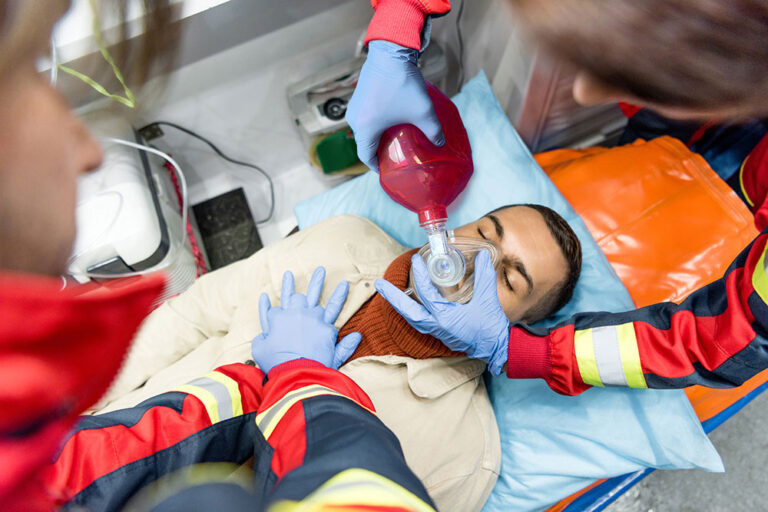
How the SMART Bag® MO Enhances Airway Management?
Manual ventilation using a bag-valve mask (BVM) is a standard practice in emergency airway management, but achieving consistent lung-protective ventilation…

Nitrous Oxide in Labor Pain Management
Nitrous oxide is an inhaled analgesic widely used in labor pain management due to its rapid onset, short duration of action, safety profile, and ease of administration…
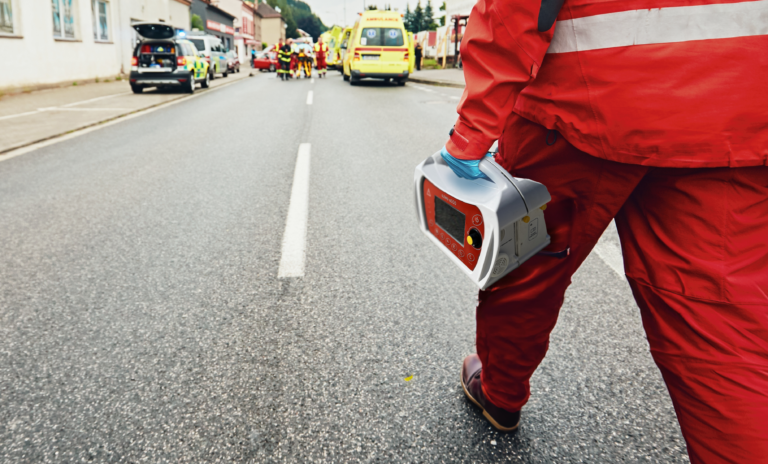
Why Transport Ventilators Matter in EMS?
In emergency medical services (EMS), transport mechanical ventilators are essential for providing consistent and controlled respiratory support to…
Latest News
Breathing New Life into Ventilator Care.
O-Two & ReNew Biomedical Unite for Unmatched Ventilator Service.
O-Two Medical Technologies proudly partners with ReNew Biomedical Services to provide expert maintenance, repair, and recertification for O-Two ventilators. This collaboration ensures reliable support for devices like the e500, e700, and CAREvent ALS.
With ReNew’s expertise and service network, customers benefit from minimal downtime and streamlined equipment management through the ReNew Asset Management System (RAMS).
This partnership reinforces O-Two’s commitment to quality and innovation, keeping life-saving equipment in peak condition.


